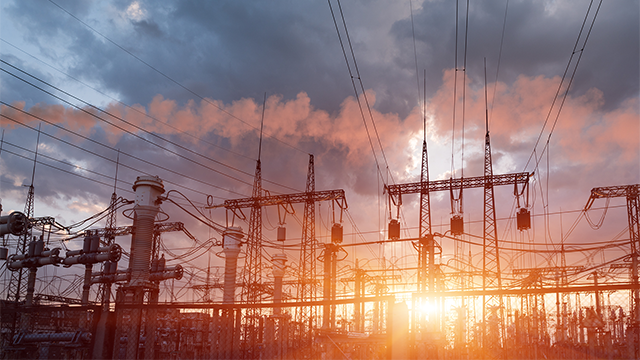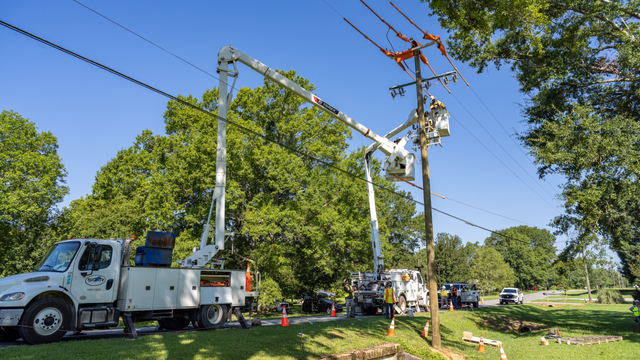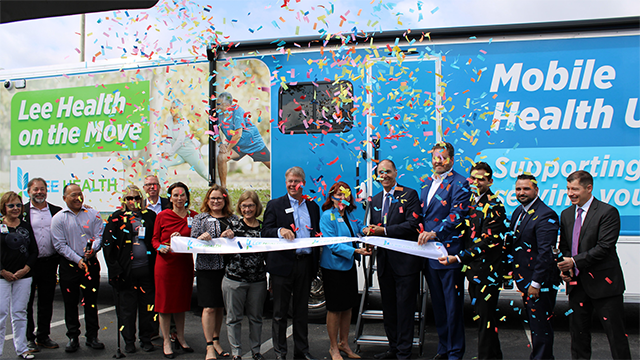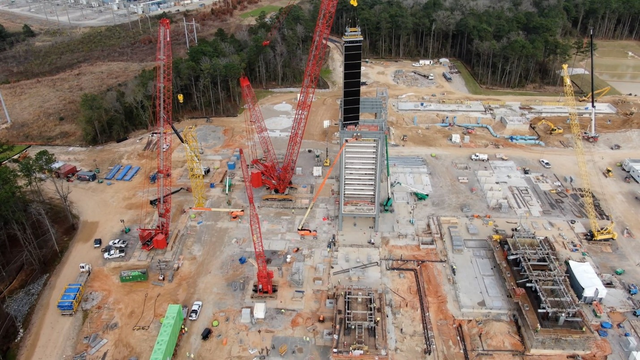By Dave Leligdon, Jeremy Klingel and Dean Siegrist
For all the positives, renewable energy and applications that change how and when energy is used — from electric vehicles (EVs) to energy storage technologies — are rattling the conventional power industry, propelling its transformation to clean energy technology. But headwinds, including rigorous regulations and consumer expectations of reliability, may make the process feel like a bridge too far instead of a once-in-a-century opportunity.
Like many major evolutions, the process is slow but certain to move forward. And in an increasingly digital world and ever-morphing consumer landscape, utilities should take notice just how quickly business models can and have changed.
These abrupt changes happen when disruption collides with the forces driving sustainability. Consider that Wall Street, once defined by traders who shouted and signaled transactions in crammed pits known as “the floor,” is far more sophisticated and virtual, with buying and selling now possible by anyone with just a mobile device, or a computer and internet access. Ridesharing services such as Uber and Lyft have enjoyed a meteoric rise, elbowing into the domain of taxi services while dawning the age of the gig economy and the “uberpreneuer” – ordinary people making cash on the side by using their cars as cabs.
Television has been transformed by rapidly shifting consumer preferences and viewing behaviors made more complex and competitive by streaming devices, platforms and services. Apple’s rollout of its pioneering iPhone launched a global telecommunications arms race for mobile devices. Additionally, legal streaming services — such as Spotify, Pandora and Tidal — now define a music scene once dominated by vinyl and compact discs, helping lift that industry out of years of doldrums.
Through it all, the consumer and user experiences represent true north.
The backdrop in which the electric industry, roughly 130 years old, now finds itself is filled with challenges and opportunities. Surveys show many stakeholders believe a “utility death spiral” is taking place, fanned by advancements in distributed energy resources such as microgrids, rooftop solar units and EVs. Consumers are demanding cleaner, more cost-effective energy, which adds to the complexity. The deal spiral could occur if utilities don’t adopt alternative energy solutions, energy storage technologies or if regulations fail to allow flexibility (or both).
As environmental and climate concerns grab more global attention, there’s little debate that renewables will be the cornerstone of tomorrow’s power generation — and that the clean energy technology transforming the electric industry is reshaping how consumers both use energy resources and interact with their utilities.
It’s in that vein that the electricity sector and businesses alike need to show they’re serious about clean power and collaborate on energy solutions for increasingly urbanized societies, rendering discussions about “off-the-grid” approaches much less relevant.
Solar Power Grabs Widening Spotlight
The Renewable Energy Policy Network for the 21st Century, in its yearly look at the market, recently revealed that renewables globally are outgaining fossil fuel and nuclear capacity combined, representing one-third of the world’s installed capacity.
Looking ahead, the Energy Information Administration (EIA) expects generation of renewable energy to spike to nearly half of global electricity generation in the next three decades, with solar energy’s share growing fastest among renewables. Forbes recently reported that in the coming 30 years, between $10 and $15 trillion will be funneled into solar and wind energy, depending on the percentage of incremental power that these renewables supply. Energy storage technologies — the key to fully harnessing intermittent power generation — is predicted to become a $20 billion annual market.

The reasons for the renewables surge are legion: policies increasingly favoring renewables, regional load growth and declining costs of clean energy technology ranging from photovoltaic panels to the high-capacity batteries that store that energy.
This raises the question: In this dynamic moment in the history of power supply, are the keepers of the grid — that complex web that zips power from electricity generators through substations and on to homes and businesses — responding? Are they part of the future of renewable energy? Put another way: As solar, wind and distributed generation steadily encroach on traditional power generation, are utilities committing to upgrade a dated system to accommodate renewables, clean energy technology and the two-way energy flows that come with them?
Electric Industry Recognizes Threat, Potential of Renewables
Without question, there’s an understanding in the industry of the growing sway of renewables as well as the future of renewable energy. When asked recently for their biggest concern for tomorrow’s grid development, about 70 percent of electric industry respondents to the Black & Veatch survey cited a generation mix with fewer traditional baseload units and more utility-scale renewable sources. By a lesser margin, respondents also pointed to regulatory lags in addressing needed system changes and the lack of qualified workers to architect and run the more complex system.

Separately, three-quarters of respondents see adoption of alternative behind-the-meter energy options as a threat to the utility business model, either if regulatory models preclude market flexibility or if utilities fail to implement their own alternative energy solutions. Utility business models must be allowed to evolve.
Businesses Rethinking Energy Options
The changing energy landscape — with renewables gaining a widening footprint as they approach price parity with power from the local utility — is prodding businesses to rethink how they use and manage electricity. For utilities that don’t notice or react, bad news comes in a single word: defections. Sustainability-minded companies are migrating toward the cheapest form of renewables or a basket of green energy options that gets them a reasonable cost of power. The catalyst is that businesses have a deeper menu of ways to satisfy their appetite for power, and they may see renewable energy — chiefly solar — consistent with their sustainability goals.
Some large companies have said they plan to power a portion of their operations with renewable energy, while others are going all-in by installing their own solar arrays, energy storage technologies, microgrids and other resources. A “RE100” listing by The Climate Group and the former Carbon Disclosure Project shows that more than 120 multi-national companies — many in the C&I sectors — plan for their power to come entirely from renewables as part of a global corporate leadership initiative.
Many of these companies are generating their own energy, managing their own energy storage technologies and buying renewable-based power from off-site, grid-connected generators. Beyond the environmental benefits of switching to renewable energy and clean energy technology, they insist the business case for green energy is strong, demonstrating that these companies are listening to demands for better environmental practices by commerce and industry. Yet progress is slow, very little renewable generation is on-site or localized, and the pressure to see an economic return on clean energy technology is building.
So what does that mean for utilities and those they serve? Lacking agility in making changes that align with growing clean energy and decarbonization mandates could drive away sizable commercial and power-hungry industrial clients who have the financial means to turn to renewables or distributed generation on their own. Such defections from the grid would inadvertently make the system more expensive by spreading its fixed costs among fewer ratepayers and adding to the network’s complexity.
As consumer demand again reshapes the energy marketplace, utilities can make their investments more valuable by using monitoring, control and automation technologies to unlock the full potential of grid assets for greater reliability, efficiency and security. This includes renewables and two-way communication on the grid, giving utilities and consumers more control and insight into everything from the grid to power generation options and bill management.
Renewables Gain Growing Favor Among Regulators
As coal-fired generation continues to fall out of favor, new plants powered by cleaner-burning natural gas are drawing growing scrutiny in favor of renewables.
In the spring of 2019, Indiana regulators unanimously rejected a proposal by electric and natural gas utility Vectren — a division of CenterPoint Energy — to replace three coal plants with an 850-megawatt (MW) gas facility, concluding the new site could become a stranded, uneconomic asset as customer demand changes, energy storage technologies mature and the costs of renewables fall. Regulators also questioned whether the new plant would “serve to foster utility and customer flexibility in an environment of rapid technological innovation.”
CenterPoint’s Lynnae Wilson said in a statement that while “the case was filed at a time of significant changes in generation technology,” regulators have directed the utility “to increase our focus on the benefits of a more diverse resource mix.”
“As we demonstrated in our case, economic and reliability factors are driving a transition from coal-based generation and the selection of replacement resources will continue to be our focus,” wrote Wilson, CenterPoint’s chief business officer for its Indiana electric utility business.
In the Southwest, the Arizona Corporation Commission in 2019 extended its ban on constructing new natural gas plants generating at least 150 MW in the state. That comes as Arizona weighs a grid modernization plan calling for 80 percent of the state’s electricity to come from zero-carbon sources — renewables — and coal by mid-century, along with a target of 3,000 MW of energy storage by 2030.
Onus on Utilities to Get Current With Renewables
Consumers, equipped with increasingly sophisticated technology and no longer content with arms-length relationships, are driving the future of renewable energy by demanding real-time, transparent engagements with their utility. And, along with a growing number of businesses, they’re demanding power in cleaner, greener ways.
The onus of being nimble is thrust onto electricity providers, who admit flexibility to adapt to what’s coming is atop their wish lists. More than half of Black & Veatch’s survey respondents said that when it comes to identifying the most essential elements for tomorrow’s invariably more complex grid, 55 percent pointed to innovations that are more malleable in configurations to handle changes, ostensibly those linked to renewables. That’s followed by better modeling and forecasting, and more real-time telemetry and control devices.

For power producers, the opportunity rests in adopting technologically sophisticated, cost-competitive and bankable engineering, procurement and construction (EPC) solutions that focus on integrating the complex grid, modernizing the vast infrastructure and putting reliability at a premium. Persistent regulatory questions will remain, requiring the industry to work collaboratively with their government overseers, among other things, to minimize rate impacts.
The push and pull of cost and consumer choice that reshaped the communications and entertainment industries are taking aim at power generation and delivery. The lesson for the future of renewable energy is that time waits for no one, not even an entrenched business model that -- despite sustaining electricity for so many decades -- suddenly has competition compounded by mounting pressure to commit to a more renewables-focused grid.
About the Authors
Dave Leligdon is a Senior Vice President and Global Renewable Energy business line leader for Black & Veatch’s power business. Leligdon has led the renewables business since September 2018 and has more than 30 years of experience with energy, water and wastewater facilities in multiple regions around the globe.
Jeremy Klingel is the Global Distributed Energy business line leader for Black & Veatch’s power business. Klingel has more than 23 years of experience, including the past four years with Black & Veatch’s management consulting business. He has led more than two dozen smart grid development projects and has driven the operational roadmap behind advanced distribution management and end-user experience.
Dean Siegrist is Associate Vice President of Black & Veatch’s Transformative Technologies business. In this role, Siegrist leads the business that provides the vertically integrated services of site acquisition, design, permitting, construction and operation of distributed infrastructure with a focus on sustainable transportation. He works with vehicle original equipment manufacturers, utilities, transit agencies, cities and emerging transportation service providers to plan and build infrastructure for the electrification of transportation.






